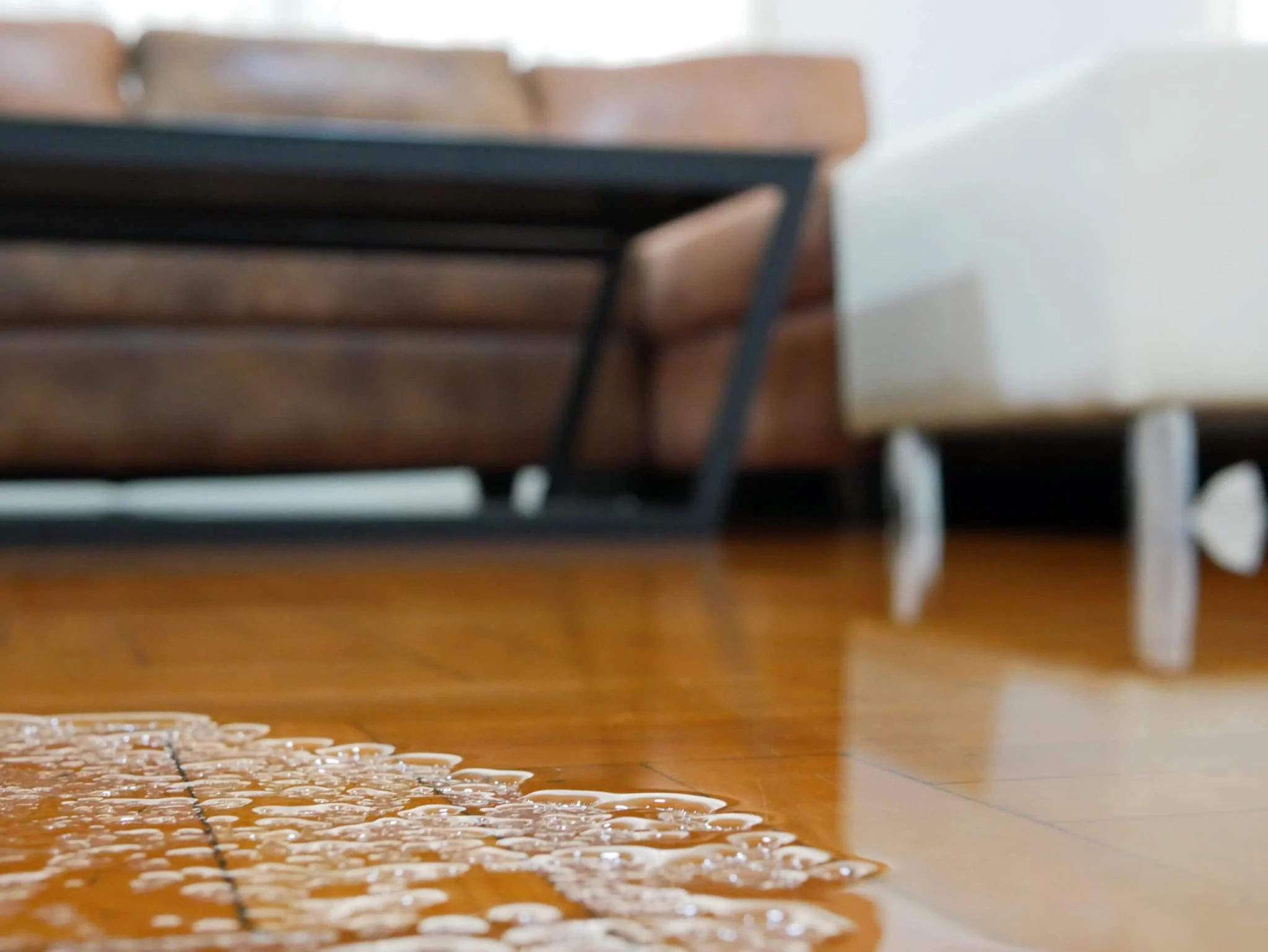Water damage restoration businesses rely heavily on a consistent flow of leads to sustain and grow their operations. Securing quality leads requires a strategic approach that encompasses various marketing and business development tactics. In this comprehensive guide, we’ll explore effective methods for generating water damage restoration leads.
Understanding Water Damage Restoration Leads
Water damage leads refer to potential customers or clients who require restoration services due to water-related incidents such as floods, leaks, burst pipes, or storms. These leads can come from various sources, including homeowners, property managers, insurance companies, and businesses affected by water damage.
Key Strategies for Generating Water Damage Restoration Leads
- Website Optimization and SEO:
- Create a Professional Website: Develop a user-friendly and informative website that showcases your services, expertise, and testimonials.
- Implement SEO Strategies: Optimize your website for relevant keywords such as “water damage restoration [your location]” to improve visibility on search engines like Google.
- Local SEO and Google My Business:
- Claim Google My Business: Verify and optimize your Google My Business profile with accurate contact details, service areas, and customer reviews.
- Local Citations: Ensure consistent business information across online directories and local listings to improve local search rankings.
- Content Marketing:
- Blogging: Regularly publish blog posts addressing common water damage issues, prevention tips, and restoration methods to attract organic traffic.
- Educational Resources: Offer downloadable guides, checklists, or eBooks related to water damage restoration on your website in exchange for lead information.
- Pay-Per-Click (PPC) Advertising:
- Google Ads: Launch targeted PPC campaigns focusing on keywords related to water damage restoration to drive immediate traffic and leads.
- Social Media Advertising: Utilize platforms like Facebook or Instagram to run ads targeting homeowners and property managers in your service area.
- Local Networking and Partnerships:
- Insurance Agents: Build relationships with local insurance agents who can refer clients in need of water damage restoration services.
- Real Estate Professionals: Connect with real estate agents and property managers who may require your services for their clients.
- Customer Referral Program:
- Encourage satisfied customers to refer your services to others by offering incentives such as discounts or referral bonuses.
- Email Marketing:
- Build an email list of potential leads through your website and outreach efforts.
- Send targeted email campaigns offering promotions, seasonal tips, or educational content to nurture leads and encourage conversions.
- Offer Free Inspections or Consultations:
- Provide free assessments or consultations to potential customers, demonstrating your expertise and building trust.
- Social Proof and Testimonials:
- Display customer testimonials and before-and-after photos on your website and social media to showcase successful restoration projects.
- Engage with Online Reviews:
- Encourage satisfied customers to leave positive reviews on platforms like Google, Yelp, and Angie’s List to enhance your reputation and attract more leads.
Tracking and Optimization
Implementing these strategies requires ongoing monitoring and optimization to ensure maximum effectiveness. Track key metrics such as website traffic, conversion rates, and lead sources to refine your lead generation efforts over time.
Conclusion
Generating water damage restoration leads is a multifaceted process that requires a combination of digital marketing, networking, and customer engagement strategies. By implementing these tactics consistently and adapting to market trends, your business can attract high-quality leads and grow its customer base in the competitive restoration industry.
